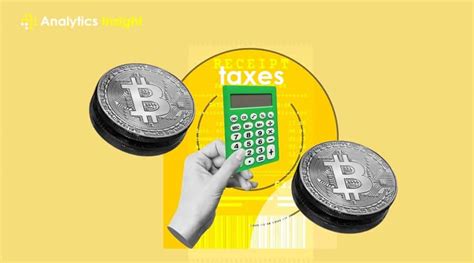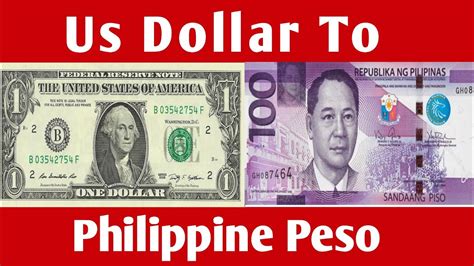Gold Price Dynamics: Past and Present
Gold has long been regarded as a safe haven asset, with its value often rising during times of economic uncertainty or geopolitical turmoil. Throughout history, the price of gold has fluctuated significantly, influenced by various factors such as supply and demand, inflation rates, and global events.

Historical Gold Prices
- 1971: $42.22 per troy ounce (oz)
- 1980: $850.00 per oz
- 1990: $380.00 per oz
- 2000: $277.50 per oz
- 2011: $1,921.17 per oz
Recent Gold Price Trends
In recent years, the price of gold has exhibited a roller-coaster ride, reaching record highs in 2020 and dipping to multi-year lows in 2022.
- 2020: $2,067.15 per oz (all-time high)
- 2021: $1,797.84 per oz
- 2022: $1,618.00 per oz
Gold Price Forecasts to 2025
Analysts believe that the gold market is poised for continued volatility in the coming years. Factors such as rising inflation, geopolitical tensions, and ongoing global economic uncertainty are expected to support gold’s status as a haven asset.
According to the World Gold Council, the average price of gold is forecasted to reach:
- 2023: $1,850 per oz
- 2024: $1,950 per oz
- 2025: $2,050 per oz
Factors Influencing Gold Prices
Numerous factors contribute to the fluctuations in the price of gold. Some of the key drivers include:
- Supply and Demand: Changes in the global supply and demand for gold can significantly impact its price. Factors such as mine production, jewelry demand, and central bank purchases can influence market dynamics.
- Inflation: Gold is often seen as a hedge against inflation, as its value tends to rise when the value of other assets declines.
- Economic Growth: Strong economic growth typically leads to increased demand for gold as investors seek to diversify their portfolios.
- Interest Rates: Rising interest rates can make other investments more attractive, potentially reducing the demand for gold.
- Geopolitical Events: Political instability, wars, and natural disasters can trigger increased demand for gold as a safe haven asset.
Gold’s Unique Properties
Gold possesses several unique properties that contribute to its value and desirability:
- Durability: Gold is extremely durable and corrosion-resistant, making it ideal for jewelry and other applications.
- Malleability: Gold is highly malleable, allowing it to be shaped and crafted into various forms.
- Electrical Conductivity: Gold has excellent electrical conductivity, making it valuable in electronics and other technological applications.
- Rarity: Gold is a relatively rare metal, with limited global reserves.
Innovative Gold Applications
Beyond its traditional uses, gold is also being explored for innovative applications in cutting-edge industries such as:
- Medicine: Gold nanoparticles are being utilized in cancer treatment and imaging techniques.
- Catalysis: Gold catalysts are used in various chemical reactions to improve efficiency and reduce waste.
- Nanoscale Devices: Gold is employed in the fabrication of advanced electronic and optical devices.
Gold Price Tables
Historical Gold Prices (1971-2022)
| Year | Price per oz ($) |
|---|---|
| 1971 | 42.22 |
| 1975 | 157.25 |
| 1980 | 850.00 |
| 1985 | 324.40 |
| 1990 | 380.00 |
| 1995 | 392.60 |
| 2000 | 277.50 |
| 2005 | 435.70 |
| 2010 | 1,224.25 |
| 2011 | 1,921.17 |
| 2015 | 1,072.35 |
| 2020 | 2,067.15 |
| 2022 | 1,618.00 |
Gold Price Forecasts (2023-2025)
| Year | Price per oz ($) |
|---|---|
| 2023 | 1,850 |
| 2024 | 1,950 |
| 2025 | 2,050 |
Gold Supply and Demand (2021)
| Type | Quantity (tonnes) |
|---|---|
| Mine Production | 3,558.0 |
| Jewelry Demand | 2,284.4 |
| Central Bank Purchases | 463.1 |
| Investment Demand | 1,083.2 |
Conclusion
The price of gold is a complex and dynamic indicator that reflects various economic, political, and global factors. While forecasts suggest continued volatility in the near future, gold’s inherent properties and innovative applications are likely to sustain its value and desirability for years to come. By monitoring price trends, understanding the underlying drivers, and embracing innovative applications, investors can leverage the potential of gold to enhance their portfolios and mitigate risks.



